(You can listen to this blog post too!)
Taking a look at generation, transmission & distribution concepts
In our previous Fundamentals of Metering series, we discussed what voltage and current are, and discovered the meaning of power and power factor. Now that we have a basic understanding of what comprises electricity, it’s time to discuss how electricity gets to your facility.
There are three basic concepts that are involved in keeping the lights on. First, electricity has to be produced, and this step is called generation. Second, electricity must travel great distances to reach all service locations, and this is called transmission. Finally, electricity must be scaled down and delivered to individual locations and this is called distribution. Some may not realize or understand the difference between transmission and distribution, as it sounds like it serves the same purpose, but a little clarification will shed some light on the differences.
Generation
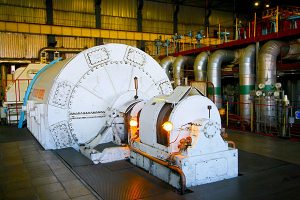
To begin with, where does electricity come from? Does it occur naturally and we just harness it? Everybody has heard the expression; energy can neither be created nor destroyed, simply
transformed. Well, it’s not only an expression; it’s the Law of Conservation of Energy. So that tells us that electricity does not just appear or happen. Electrical generation is simply the process of converting some form of energy to electricity.
There are several means of generating electricity, such as:
- Hydro Power
- Nuclear Power
- Coal Power
- Fossil Power (Natural Gas)
- Solar Power
- Wind
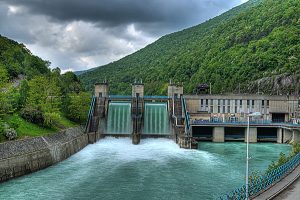 In each of the above methods, some form of energy is transformed to electricity. For example, a dam is a method of utilizing hydroelectric generation. As water flows from the reservoir or lake to the river below, it spins the blades on a turbine, which connects to a generator. The spinning of the turbine’s blade converts kinetic energy (falling water) to mechanical energy (turning the generator). Finally, the generator provides 3-phase voltage that eventually makes its way to the electric grid.
In each of the above methods, some form of energy is transformed to electricity. For example, a dam is a method of utilizing hydroelectric generation. As water flows from the reservoir or lake to the river below, it spins the blades on a turbine, which connects to a generator. The spinning of the turbine’s blade converts kinetic energy (falling water) to mechanical energy (turning the generator). Finally, the generator provides 3-phase voltage that eventually makes its way to the electric grid.
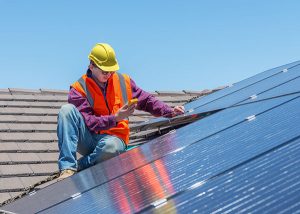
Solar generation, which is growing in popularity, utilizes the sun to produce a voltage. Multiple solar cells combine in a solar panel to increase the amount of voltage generated. A unique part of solar is that it creates DC power, which transforms to AC before connecting to the grid.
Regardless of which generation method is used, some form of energy transforms to electricity. Once we have our three phase voltage, it connects to a transformer which increases the voltage to several hundred thousand volts. This brings us to the concept of transmission.
Transmission
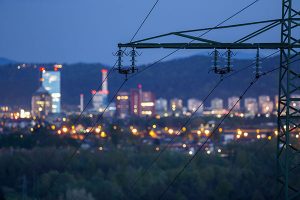 The United States is a large country with people scattered in various places. Somehow electricity needs to reach them all. How does it get there? Once electricity is generated at a generation facility, the voltage increases to 115kV or more using a transformer. Why such high voltages? This reduces the losses in the line due to impedance. By raising the voltage, the current reduces, which in turn reduces the the losses from resistance in the lengths of cable in the transmission line. In the United States, losses in transmission and distribution systems were estimated to be around 6% (Source), and as the infrastructure increases in age, those losses could increase even more.
The United States is a large country with people scattered in various places. Somehow electricity needs to reach them all. How does it get there? Once electricity is generated at a generation facility, the voltage increases to 115kV or more using a transformer. Why such high voltages? This reduces the losses in the line due to impedance. By raising the voltage, the current reduces, which in turn reduces the the losses from resistance in the lengths of cable in the transmission line. In the United States, losses in transmission and distribution systems were estimated to be around 6% (Source), and as the infrastructure increases in age, those losses could increase even more.
Transmission lines sprawl across the country, typically in the big metal tower structures seen everywhere. Each transmission line has a beginning, usually at a generation point, and an ending, typically a substation. It is literally the backbone of the electric grid.
Distribution
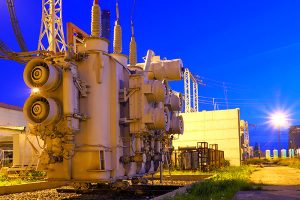 This leads us to distribution, a subject most people are familiar with. Distribution voltages are typically less than 115kV. A bit of overlap occurs between transmission and distribution and is typically called sub-transmission. This is a medium-voltage range (typically 30kV to 69kV) and is used for longer lengths of cable. However for the purposes of this discussion, we will stick with our 15kV or less systems.
This leads us to distribution, a subject most people are familiar with. Distribution voltages are typically less than 115kV. A bit of overlap occurs between transmission and distribution and is typically called sub-transmission. This is a medium-voltage range (typically 30kV to 69kV) and is used for longer lengths of cable. However for the purposes of this discussion, we will stick with our 15kV or less systems.
At a substation, the transmission lines terminate at a transformer, which steps the voltage down to a lower level. This voltage is distributed through the local utilities coverage area, providing lights, air conditioning, and other electrical services through the region.
Inside a substation are relays, meters, and monitors that protect the substation and distribution system from disturbances and faults. Operating in milli-seconds, relays can open or close a re-closer (a giant switch) to prevent a line fault from multiplying through the system. Ever seen the lights go out, flicker and come back on? This can happen when a relay and re-closer just kept your power on by re-routing and isolating a fault.
In review, somewhere in the United States, a generation facility produces voltage. This voltage routs through a transformer, increased to several hundred thousand volts, and transmits hundreds of miles to a substation. In the substation, the high voltage steps down and distributes through a few miles of wire to reach your plant, your office, and your home.
Just think, millions of electrons traveled hundreds of miles just so you can watch cat videos on your laptop!
Got questions, comments or stories? Share them below!

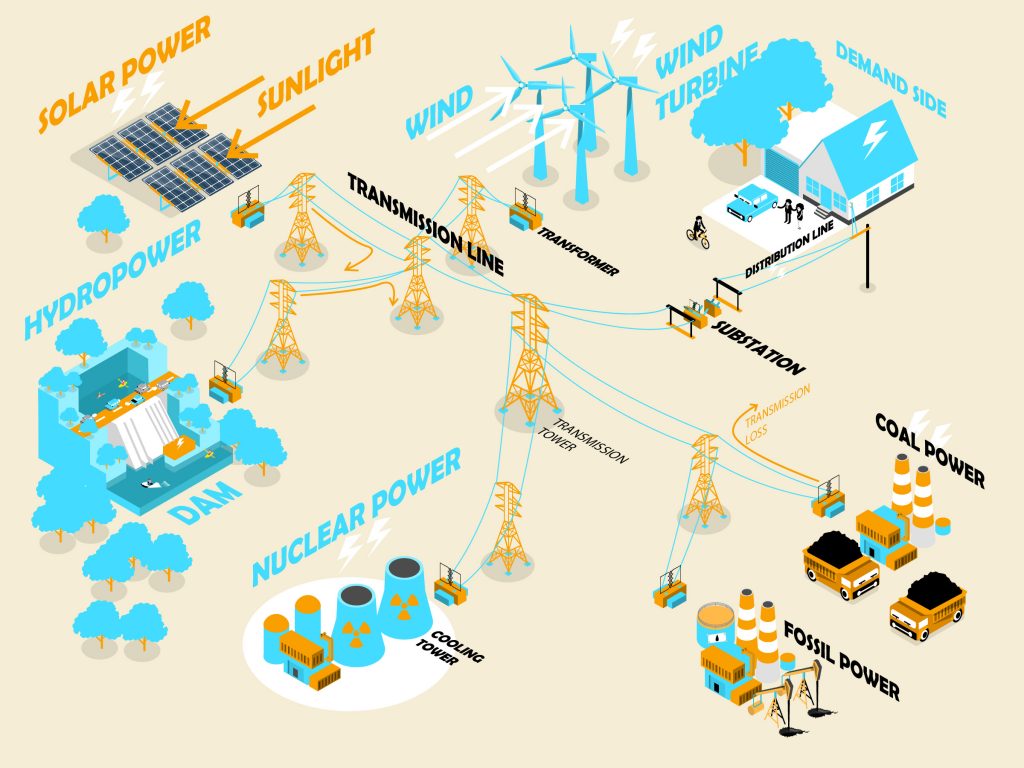

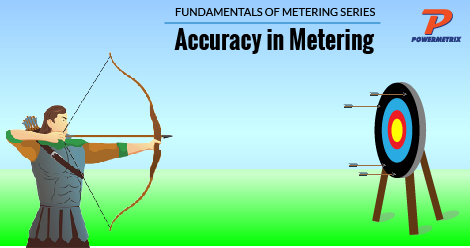
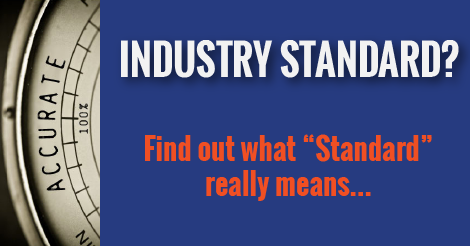
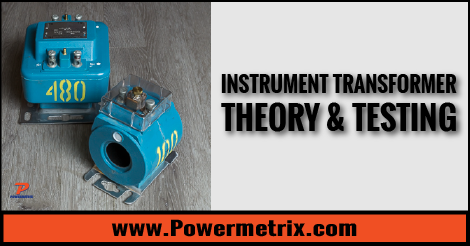
It really interests me to read such articles, thanks for sharing. Blogs like yours and info really https://tsca.com.ph/ helps me learn more day by day.